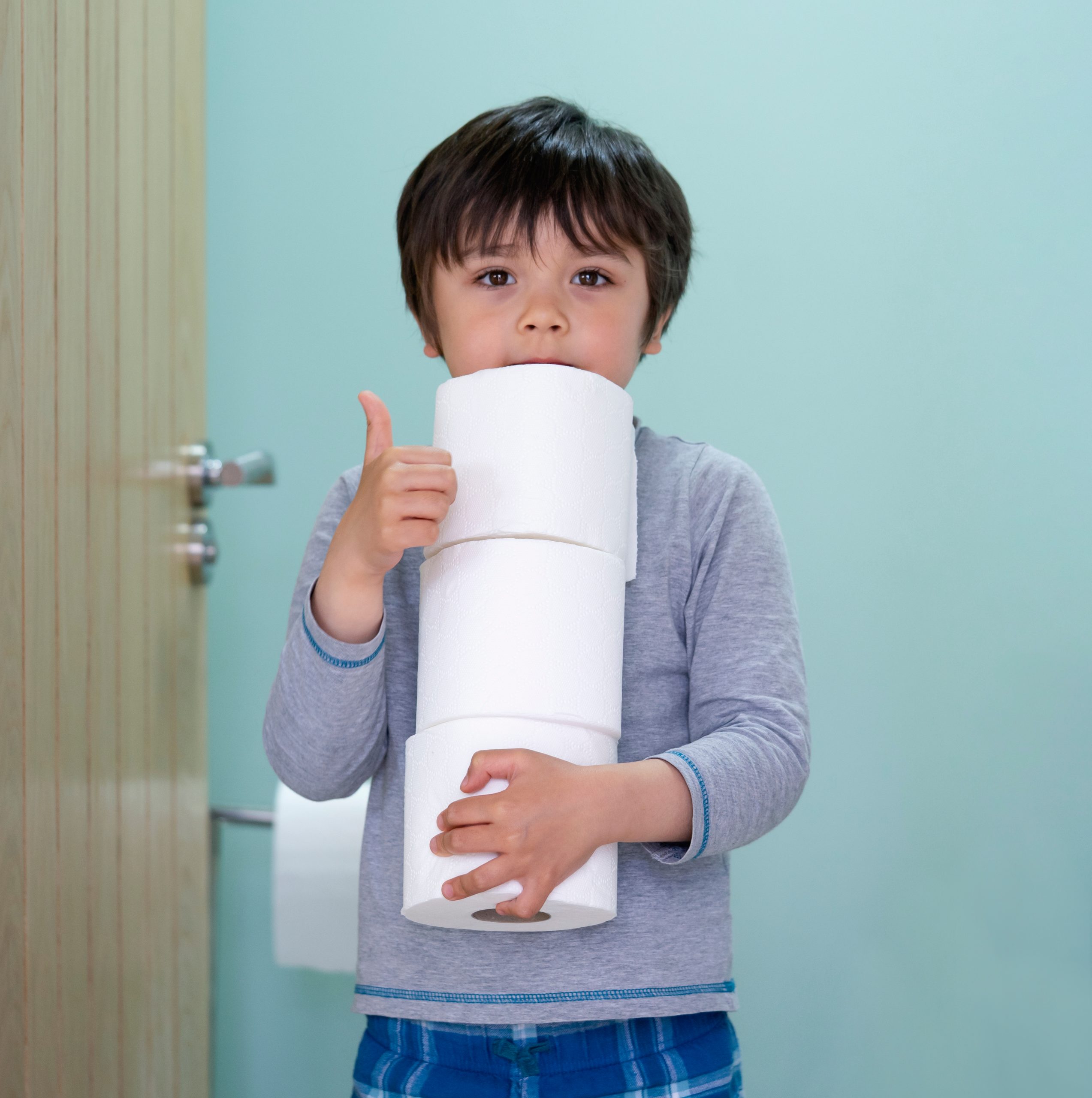
Choosing Between the Toilet or Potty for Toilet Training: Insights from Occupational Therapists in Bondi Junction and Mascot
Toilet training is an important milestone for both parents and children. When your child is ready to toilet train, there are some decisions to make. Deciding whether to use a toilet or a potty can make the process smoother. Both have benefits and drawbacks, depending on your child’s needs and your home environment. Our Occupational Therapists in Bondi Junction and Mascot explain how to make this choice simpler.
Potty
Advantages:
- Child-Friendly Size: Potties fit children perfectly, making them less intimidating.
- Portability: You can move potties around the house. This helps prevent accidents in early stages.
- Stability: Potties are low to the ground, so children feel secure and safe.
- Independence: Children can often manage potties themselves, boosting confidence.
Disadvantages:
- Transition to the Toilet: Eventually, you’ll need to transition from potty to toilet, adding another phase to the process.
- Cleaning: You must clean potties after each use, which takes extra time.
- Space: Finding space for a potty can be challenging in small homes.
Toilet
Advantages:
- Consistency: Starting with the toilet helps children understand that it’s their bathroom routine as they grow.
- Less Cleaning: Toilets flush, so you avoid the hassle of cleaning out a potty after every use.
- Space-Saving: Using the toilet saves space, especially in smaller homes.
Disadvantages:
- Size and Height: Toilets are built for adults, so they may feel too high or scary for young children.
- Fear and Anxiety: The noise of flushing or fear of falling can make some children anxious about using the toilet.
- Accessibility: Without a step stool, small children might struggle to use the toilet independently.
Making the Decision
Consider Your Child’s Comfort:
- Fear and Anxiety: If your child seems scared of the toilet, starting with a potty can reduce stress.
- Size and Stability: A potty offers a more comfortable and secure option for young children.
Think About Practicality:
- Portability: Potties are more convenient for families who spend time in different rooms.
- Cleaning: Using the toilet is less work since you don’t need to clean it after every use.
Evaluate Your Space:
- Bathroom Size: If your home has limited space, the toilet may be a better choice.
Combining Both Approaches
Many parents find success using both the toilet and the potty. You can start with a potty in a convenient location and later encourage toilet use. This flexibility offers the best of both worlds, helping your child adjust to both options gradually.
Transitioning from Potty to Toilet
If you decide to start with a potty, transitioning to the toilet can be made smoother with these tips:
- Step Stool: A sturdy stool helps your child reach the toilet safely.
- Child Seat: A child-sized seat attachment can make the toilet less intimidating.
- Positive Reinforcement: Praise your child when they successfully use the toilet.
- Modeling: Demonstrate how to use the toilet, either yourself or with a toy.
Conclusion
Choosing between the toilet and the potty for toilet training depends on your child’s comfort and your home environment. Both options have their pros and cons, and it’s important to consider what works best for your family. Whether you choose the potty, toilet, or a mix of both, stay patient and supportive throughout the process.
Need Help with Toilet Training?
Some children find it harder to toilet train. If you need guidance on toilet training, our Occupational Therapists in Bondi Junction and Mascot are here to assist! We also offer the online course, ‘1s and 2s,’ designed to make toilet training stress-free. Contact OneOnOne Children’s Therapy today to support your child’s journey to independence. Our Occupational Therapists are AHPRA registered.
